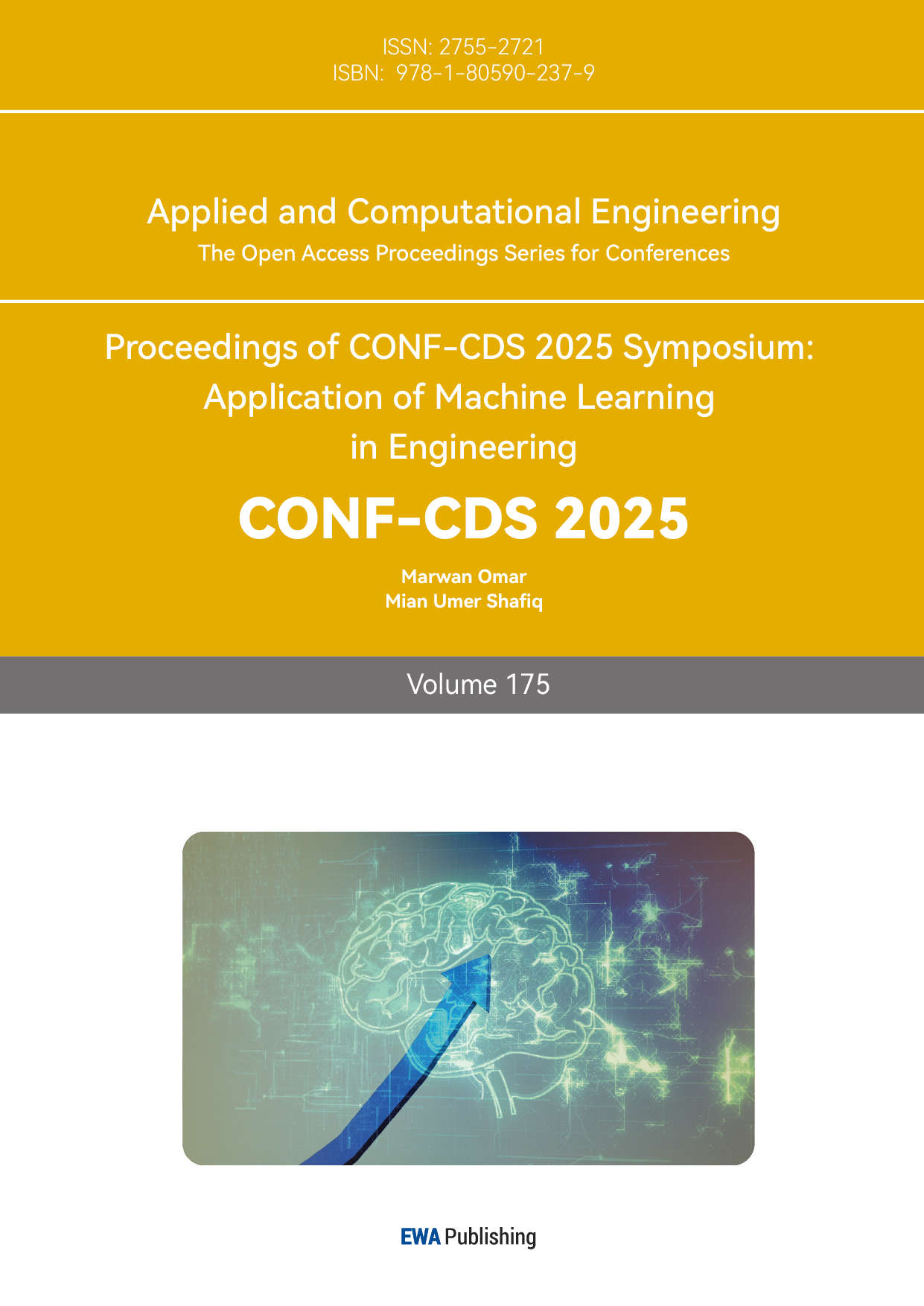References
[1]. Kong F., Li J., Jiang B., et al. Integrated generative model for industrial anomaly detection via bidirectional LSTM and attention mechanism [J]. IEEE Transactions on Industrial Informatics, 2021, 19(1): 541-550.
[2]. Li J., Li B., Jiang Y., et al. MSAt-GAN: a generative adversarial network based on multi-scale and deep attention mechanism for infrared and visible light image fusion [J]. Complex & Intelligent Systems, 2022, 8(6): 4753-4781.
[3]. Dong H., Liu H., Li M., et al. An algorithm for the recognition of motion-blurred QR codes based on generative adversarial networks and attention mechanisms [J]. International Journal of Computational Intelligence Systems, 2024, 17(1): 83.
[4]. Ding M., Zhou Y., Chi Y. Self-attention generative adversarial network interpolating and denoising seismic signals simultaneously [J]. Remote Sensing, 2024, 16(2): 305.
[5]. Lin Z., Liu Y., Ye W., et al. DAE2GAN: image super-resolution for remote sensing based on an improved edge-enhanced generative adversarial network with double-end attention mechanism [J]. Journal of Applied Remote Sensing, 2024, 18(1): 014521-014521.
[6]. Du C., Xu G., Guo Y., et al. A novel seed generation approach for vulnerability mining based on generative adversarial networks and attention mechanisms [J]. Mathematics, 2024, 12(5): 745.
[7]. Fu J., Yan L., Peng Y., et al. Low-light image enhancement base on brightness attention mechanism generative adversarial networks [J]. Multimedia tools and applications, 2024, 83(4): 10341-10365.
[8]. Said Y., Alsheikhy A. A., Lahza H., et al. Detecting phishing websites through improving convolutional neural networks with self-attention mechanism [J]. Ain Shams Engineering Journal, 2024, 15(4): 102643.
[9]. Zhao Y., Wang G., Yang J., et al. AU3-GAN: A method for extracting roads from historical maps based on an attention generative adversarial network [J]. Journal of Geovisualization and Spatial Analysis, 2024, 8(2): 26.
[10]. Oubara A., Wu F., Maleki R., et al. Enhancing adversarial learning-based change detection in imbalanced datasets using artificial image generation and attention mechanism [J]. ISPRS International Journal of Geo-Information, 2024, 13(4): 125.



